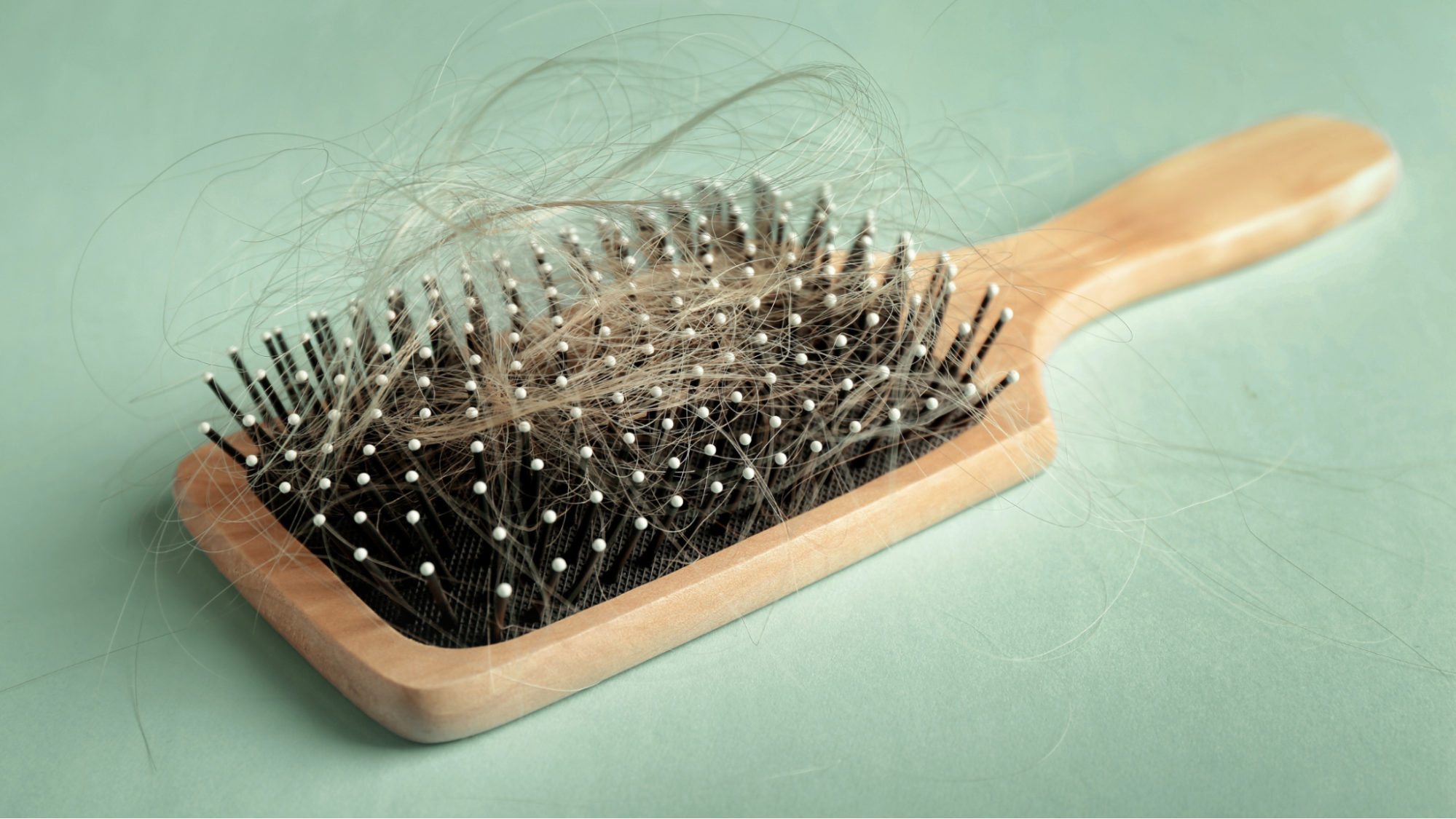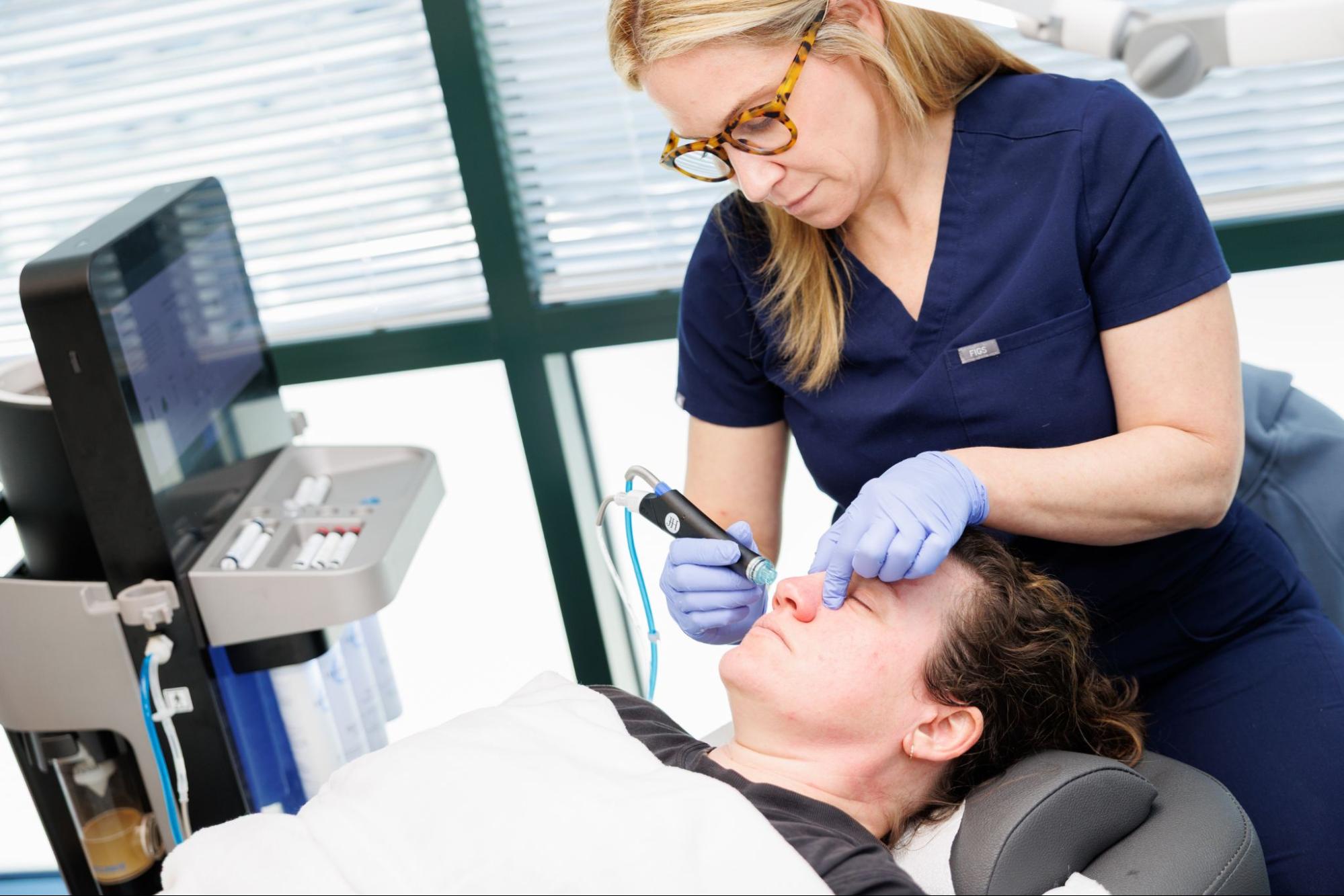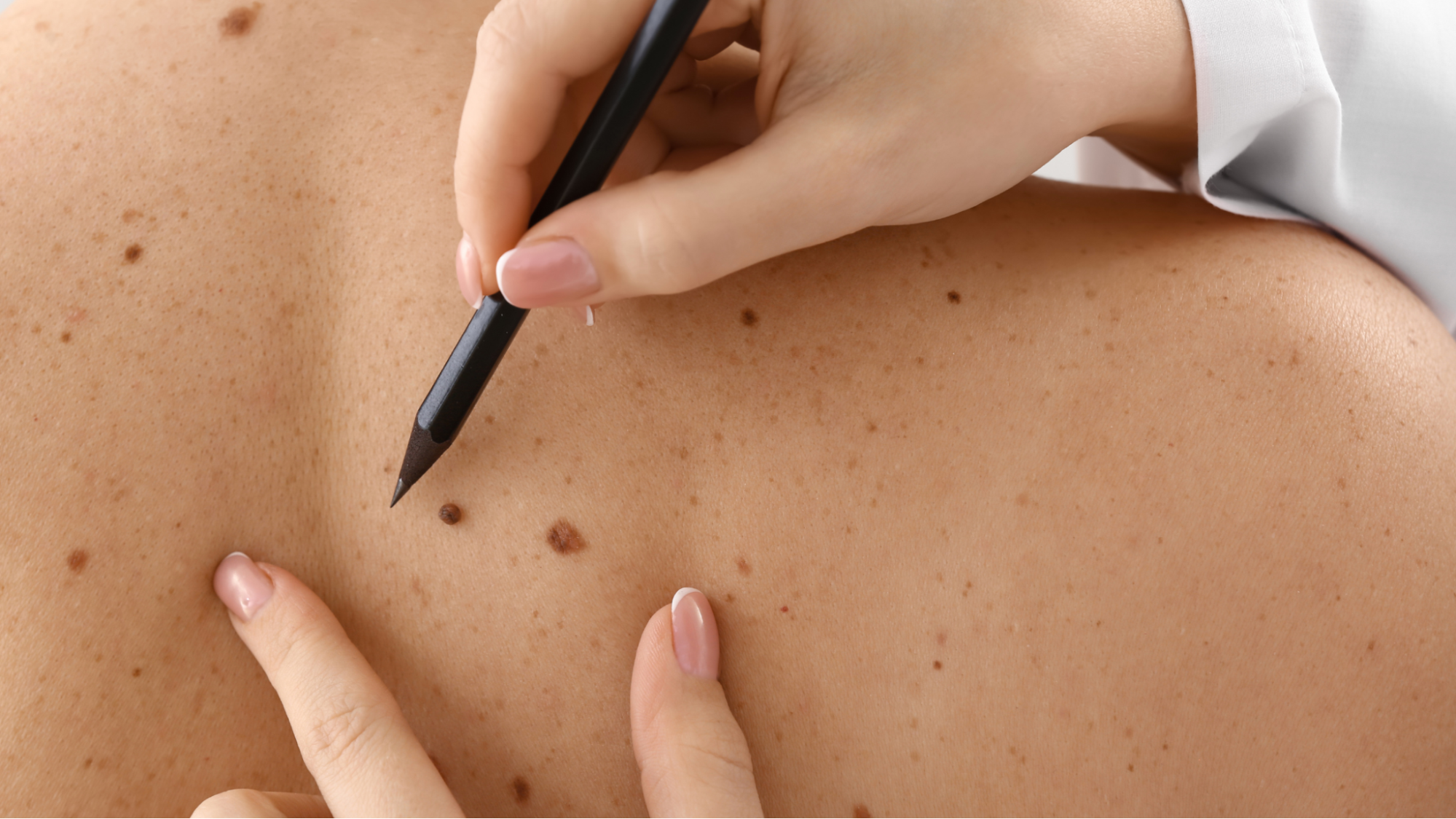It was a dark and stormy night when the call came in. “Dr. Erickson,” the voice crackled through the line, “I’ve got a rash, and I don’t know who—or what—caused it.”
Allergic Contact Dermatitis (ACD) is a sneaky suspect in the world of skin conditions. It’s like a villain who hides in plain sight, waiting to strike when you least expect it. It’s time to play detective and unmask the culprits behind this itchy crime scene.
The Usual Suspects
ACD isn’t picky—it can happen to anyone who comes into contact with certain allergens. Picture yourself at the scene of the crime: You’ve just applied a new lotion, worn a fresh pair of earrings, or even cleaned the house with that so-called “gentle” cleaner. Boom! Red, itchy, and inflamed skin appears. The usual suspects? Fragrances, nickel (often found in jewelry), preservatives in cosmetics, and even some medications. They may seem harmless at first, but these sneaky substances can trigger your immune system, causing that dreaded rash.
The Clues: How to Identify ACD
ACD doesn’t play fair—it’s a master of disguise. Sometimes it’s a tiny patch of redness, other times it’s a widespread rash that looks like it’s been aggravated by too much scratching. Here’s the tricky part: The rash doesn’t show up right away. It could be hours, even days, after contact before the symptoms appear. And once it does, the itching can be relentless!
Solving the Case: Tips for Prevention and Treatment
- Interrogate Your Products: Check your soaps, lotions, and cosmetics. Are they harboring known allergens? Ingredients like formaldehyde, parabens, or oxybenzone (a common sunscreen ingredient) are often guilty as charged. Opt for products labeled “fragrance-free” and “hypoallergenic” to minimize your risk.
- Patch Testing: If you suspect a particular substance is causing trouble, patch testing can help confirm it. Your dermatologist will apply small amounts of potential allergens to your skin and monitor the reaction. It’s like a lineup where the suspects are exposed, and the culprit is caught red-handed.
- Avoid the Trigger: Once you’ve identified the offender, steer clear. Easier said than done, right? But avoiding the allergen is the key to preventing future flare-ups. If it’s jewelry causing problems, switch to hypoallergenic options. If it’s a product, toss it out.
- Treating the Rash: If you’ve already fallen victim to ACD, don’t scratch! Scratching can spread the rash and even cause infection. Instead, use over-the-counter hydrocortisone cream or antihistamines to calm the inflammation. Severe cases may need a prescription-strength cream from your dermatologist. Keep the area clean, moisturized, and most importantly—don’t scratch!
- Beware of Hidden Threats: Sometimes, the danger lies in unexpected places. For instance, adhesives used in bandages, or even the latex in your gloves. Be aware of your surroundings and what you touch daily; ACD can strike when you least expect it.
A Final Word from Detective Dr. Erickson
In the world of Allergic Contact Dermatitis, everyone is a potential victim. But with a bit of detective work, you can identify the culprits and take steps to avoid future encounters. Remember, in the fight against ACD, knowledge is your best weapon. So, keep your eyes peeled, your skin moisturized, and your products allergen-free. Case closed!
Following these tips, you can live rash-free and stay one step ahead of those pesky allergens. Stay vigilant, stay informed, and most importantly—stay itch-free! If you have questions or concerns about your skin, call your Georgia Skin Specialists at: (404) 352-1730.







